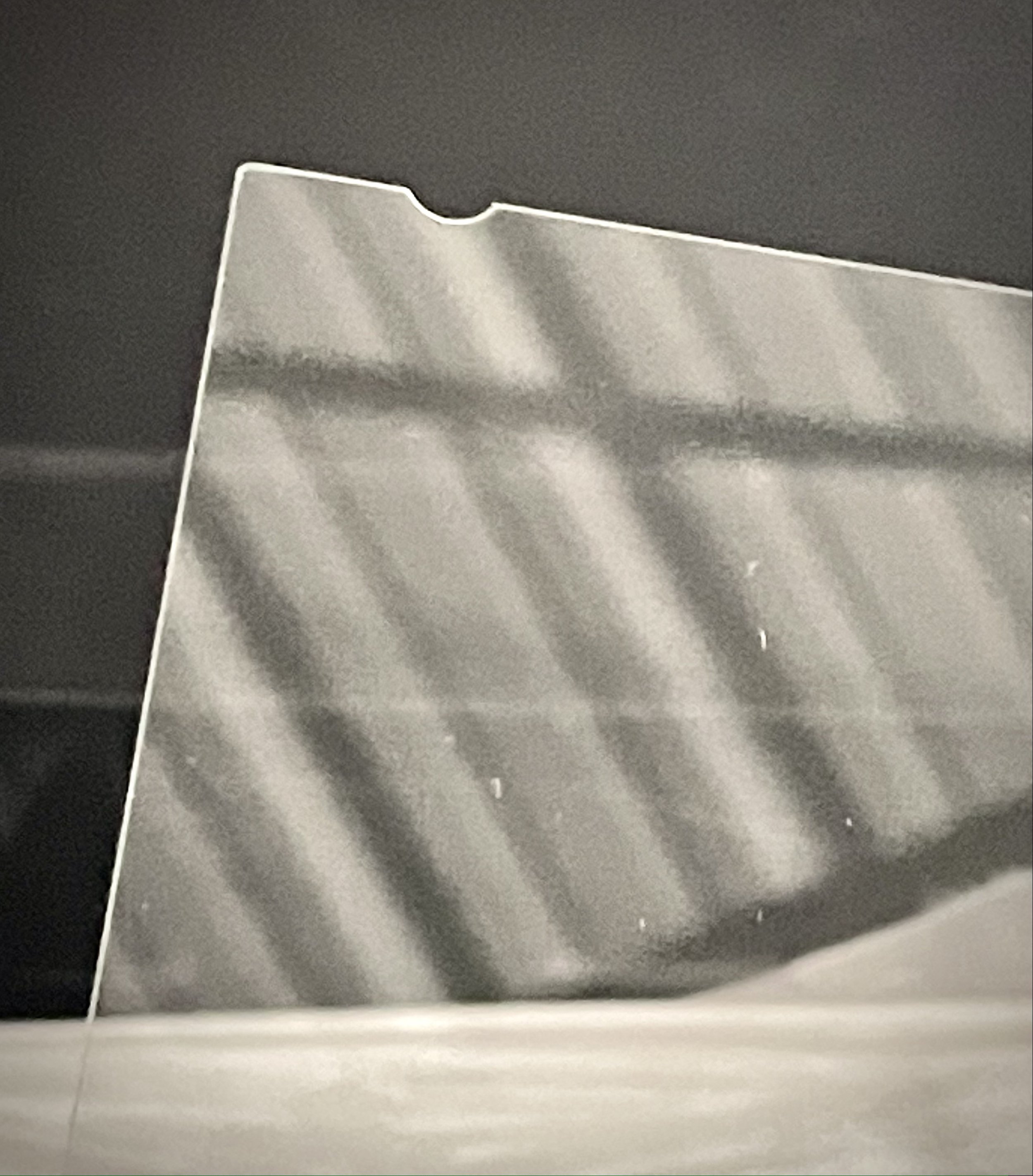There are two reasons you want to albumenize your plates. The first is the most important; to prevent the collodion from lifting or peeling. If you are making negatives and you redevelop with pyrogallic acid, it can shrink the collodion and it can cause the edges to lift.
Secondly, you’ll gain some density. Albumen on the plate will add about 1/4 stop - that’s just a guess, but it does add some density. If you’re making negatives, that’s really nice to have that little boost.
Here’s my method: I use one large egg white, 1 liter of distilled water, 2 drops of pure ammonia, and 4 ml of Kodak Photo-Flo.
I beat the egg white, ammonia, and 250 ml of distilled water until I get a “soft” meringue. I let it sit for a while, then I filter it and add the rest of the distilled water. I add 4 ml of Kodak Photo-Flo to it to prevent bubbles.
I deburr the edges of the plate, I clean the plate with my plate cleaner (calcium carbonate, alcohol, and DH2O). I steam the plate over a humidifier and pour on the albumen. I rack the plate and let it dry. After it’s dry, it’s ready for collodion.
This is simple, easy, and highly recommended.









































